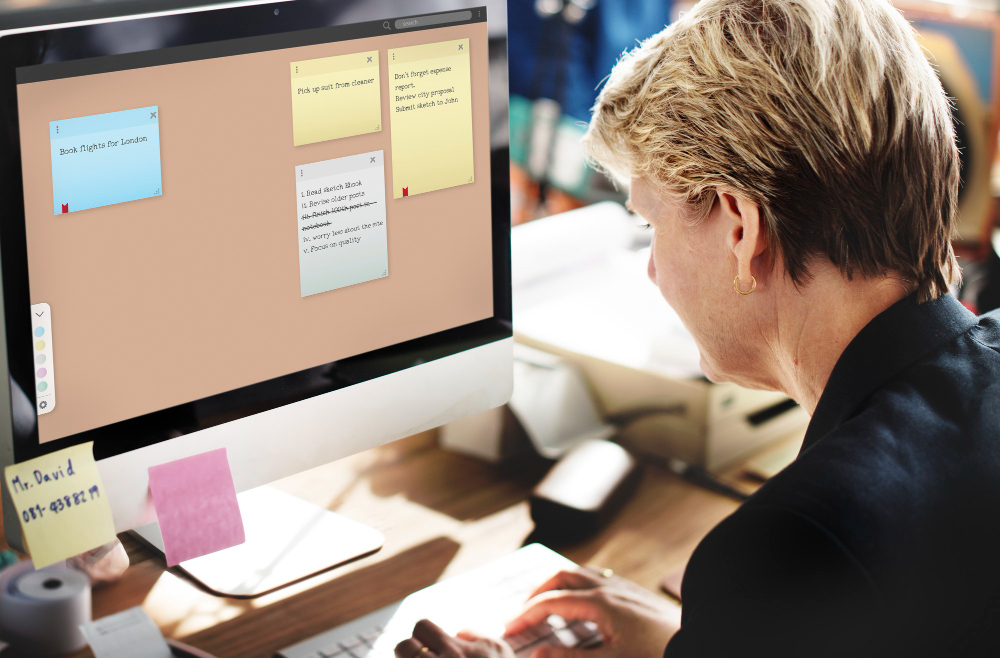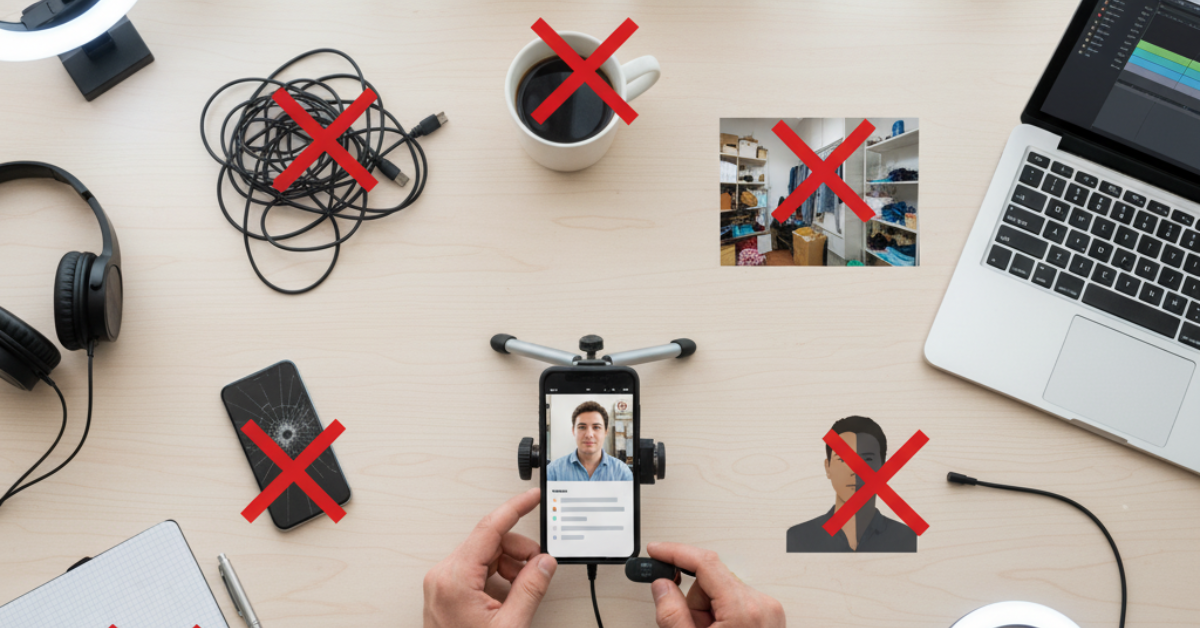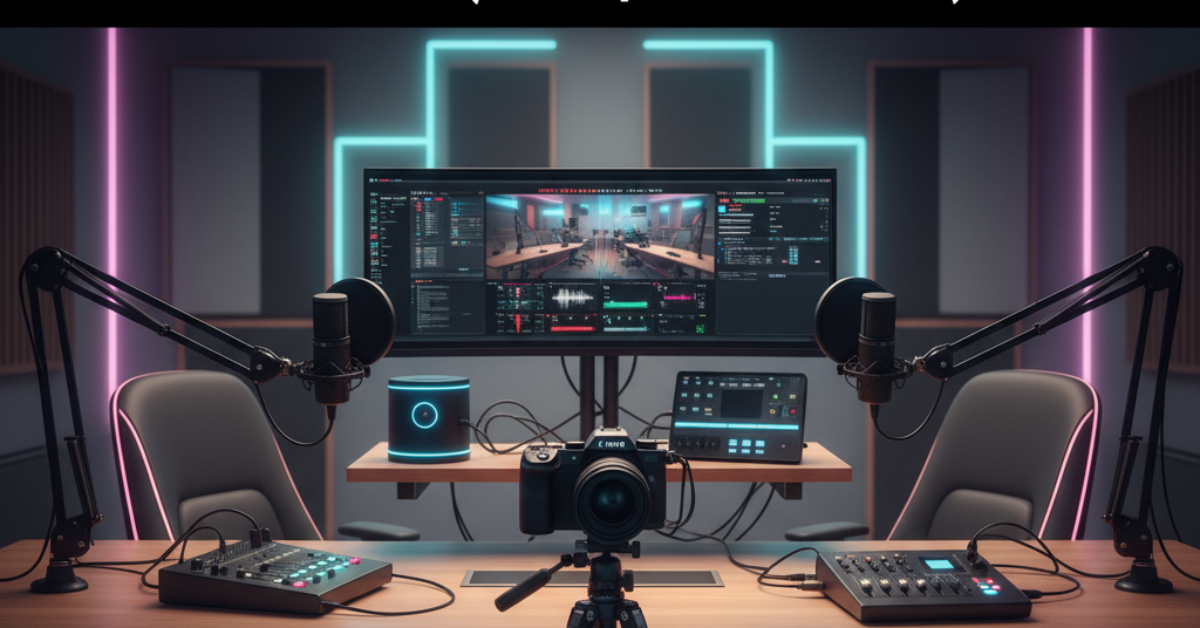Avoiding Miscommunication: When to Use Instant Messaging vs. Email
Oct 23, 2025, Nishi SinghIn today’s fast-paced workplaces, communication tools like instant messaging and email are indispensable. But choosing the wrong channel can lead to confusion, delays, or even workplace conflict. Knowing when to use each tool ensures your message is clear, professional, and received as intended.
So, how do you decide between sending a quick chat or composing a formal email? Let’s break it down.
Why Choosing the Right Communication Tool Matters
Every message has a purpose—and the platform you use affects how that message is perceived.
Instant messages are fast and conversational, while emails are structured and formal.
Using them interchangeably can cause misunderstandings, especially when tone or urgency isn’t conveyed clearly.
Effective workplace communication isn’t just about what you say—it’s also about where and how you say it.
When to Use Instant Messaging at Work
Instant messaging tools like Slack, Microsoft Teams, or WhatsApp Business are great for real-time collaboration. Use them when you need quick updates or immediate responses.
Best situations for instant messaging:
When the information is short and time-sensitive
For quick clarifications or check-ins (“Can you send me that file?”)
During brainstorming or team collaboration sessions
To share informal updates or reminders
Examples:
“Hey, can we connect in 10 minutes?”
“I’ve updated the deck—please review.”
Pro tip: Keep your tone friendly yet professional. Avoid using IM for sensitive topics or anything requiring documentation.
When to Use Email Instead
Email remains the preferred medium for formal, detailed, or long-term communication. It creates a paper trail and is ideal when your message involves multiple stakeholders or complex information.
Use email when:
Communicating with clients, vendors, or upper management
Sending formal announcements, proposals, or reports
Needing a record of communication for future reference
Addressing large groups or departments
Examples:
“Dear Team, please find attached the Q4 report for review.”
“Following up on our previous discussion regarding the project timeline.”
Pro tip: Use a clear subject line and structured paragraphs to enhance readability.
Common Miscommunication Scenarios
Even the most experienced professionals can slip up when switching between communication channels.
Here are a few common pitfalls:
Tone confusion: A short chat message can sound abrupt or rude.
Delayed response: Urgent issues sent via email might get buried in the inbox.
Overuse of informal tone: Using emojis or abbreviations in formal conversations can seem unprofessional.
Information overload: Sending lengthy details over chat can overwhelm recipients.
Solution: Match the tone and platform to the message’s intent and audience.
How to Avoid Miscommunication
To maintain clarity and professionalism across tools, follow these best practices:
Match the tone to the platform: Keep chats light and emails formal.
Be specific: Clearly state what you need and when you need it.
Confirm important points: Summarize key takeaways in an email after a chat discussion.
Avoid assumptions: Don’t expect instant replies unless it’s an urgent chat.
Use formatting wisely: In emails, bold key points; in chats, use short sentences.
Email vs. Instant Messaging: Quick Comparison
Key Takeaway
Use instant messaging for speed and collaboration, and email for detail and professionalism.
Choosing the right tool not only prevents miscommunication but also improves productivity, teamwork, and workplace harmony.
Our Popular Services
Human Transcription | Automatic Transcription | Interactive Transcription | Human Translation | Spanish Transcription | Focus Group Transcription Services | Qualitative Data Analysis | Medical Transcription Services | Technical Translation Services | Closed Captioning Services | Accurate Transcription Services | Video Transcription Services.






